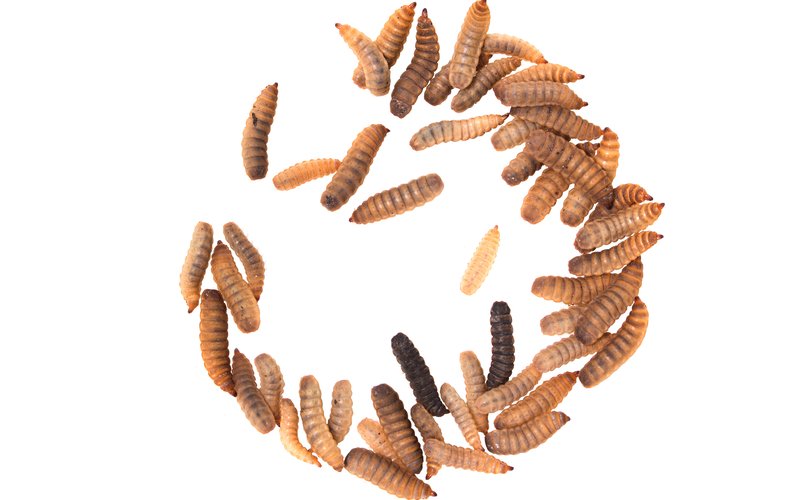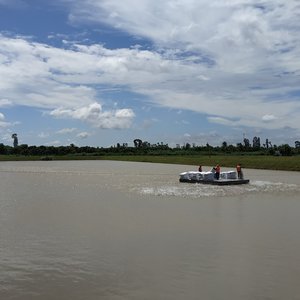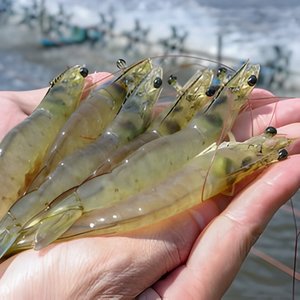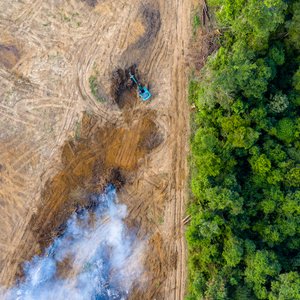The annual conference of the International Platform of Insects for Food and Feed (IPIFF) was held in Brussels, Belgium on November 15, 2023. Since its foundation, the IPIFF has grown to 76 members, from 23 countries (including 14 EU member states). Since the first IPIFF international conference in 2017, a lot has happened for the good. Insect companies scaled, investments have been made, legislation has opened up for more species and the knowledge on insect breeding and the use of technology took a huge flight. Aquafeed.com distilled five key messages from the expert speaker lineup.
1. Insects help the EU to be less dependent on protein imports
The EU food sector goes through an enormous transformation, accelerated by mainly the new EU deforestation rules, and vulnerabilities in EU food supply chains due to the pandemic and the war in Ukraine. If the EU wants to be less dependent on protein imports, it must speed up its own protein production, including plant protein and alternative protein sources such as insect meal.
Koen Dillen from DG AGRI explained that since the launch of the Farm to Fork Strategy (being at the heart of the European Green Deal) a lot of things have happened, which forces legislators to look at “protein” in a much wider concept than initially outlined in the Green Deal.
“We want to critically look at how we increase EU-grown protein crops, use more alternative protein sources and embrace environmental and climate benefits that come with that. But we also need to include, for example, how our EU herd composition might change in the future, which animal products we want to produce and what type of raw materials are needed in Europe,” Dillen explained.
2. Insect legislation becomes more “future proof” and workable
While insect protein is allowed to be used in aquafeed (2017) and – since 2021 – also in pig and poultry feed, legislation is still a hot topic for insect producers. But things are moving, said Christian Bärtsch, IPIFF executive committee member for Communication Activities.
Bärtsch explained, “Regulations around the registration of processed insect frass under the EU fertilizers legislation are planned to open up. The EU is also looking at setting EU regulatory standards for organic insect production and the authorization of using conventional insect proteins in organic aquaculture. All these new rules could be in place from the end of 2024/first half of 2025. The green light to include more feeding substrates (e.g. meat and fish containing former foodstuffs), depends on the final conclusion of a future food safety assessment to be conducted by the EFSA. It is expected that the European Commission may table a regulatory proposal by early 2026.”
In the meantime, a large body of work on the safety of different substrates and the accumulation of potential hazards in different insect species has been done in the European SUSINCHAIN project (finalized in September 2023). Elise Hoek from Wageningen Food Safety Research addressed in her presentation that not all insect species are the same and react the same to food safety hazards. “A case-by-case evaluation is needed (safety-by-design approach), taking into account the insect species, the substrate used and contaminant/hazard,” she addressed.
3. Insect production in the EU is growing and very technology focused
Over the past few years, the EU insect sector has made tremendous steps in scale and professionalism, passing a critical threshold to be commercially interesting and viable. Main players are marked by the use of high-end technology and automation of feeding (such as technology provided by VDL Insect Systems). We also see more integration with several other production systems (e.g. co-citing with agro-industries, partnerships with farmers).
Bärtsch from IPIFF said, “By 2030, there will be a significant spike in the number of insect farms, producing above 10,000 tonnes per year, thereby developing large-scale operations. According to the figures provided by our IPIFF members, we project production of over 122,000 MT insect-derived ingredients for use in animal feed by 2025 and over 870,000 MT by 2030.”
Scale out is fuelled by the use of technology, data and automation. A great example is insect producer Inspro from China. Elvis Yu inspired the European crowd at the IPIFF conference on how they use the so-called digital twin technology, coming from the IT sector, to mimic processes and hence better predict the outcomes. Yu commented, “We generate a lot of data, which allows us to simulate production flow and, for example, predict how much heat is generated by the larvae during the growing period. This allows us to have better control over the climate system, translating into less energy use and reduced production costs. Using data and AI models helps detect parts in the process where we can improve.”
4. Insects contribute to sustainability and circularity of feed and food
Insects are known to be highly efficient in transforming substrate into high-quality insect protein (because insects are natural upcyclers). However, when it comes to food waste or byproducts, only products can be fed to insects that are safe and traceable – and in theory – can also be fed to other farm animals. This means that, for example, rendering derived products, catering and kitchen waste and unsold products from supermarkets or food industries if these contain meat or fish are not allowed.
While insect production on the currently allowed substrates already has a favorable environmental footprint (as shown by LCA studies by Protix, for example), it could be further reduced if more food side-streams can be used for insect production and production methods are further optimized (which is often the case in large scale operations). This means giving a destination and value to the 59 million tons of food waste we currently generate per year in the EU (the equivalent of 131 kg/inhabitant). As outlined in message number 2, it is expected that legislation will open up in the coming years for more types of substrates. In short, insect protein can not only help improve the EU's self-sufficiency of high-feed protein materials but also improve the circularity and sustainability of the whole feed and food production chain.
5. Insects need better PR to highlight value and increase acceptability
Insects are often referred to as super proteins and there is consensus within the insect sector that insect-derived ingredients can be viable contributors to sustainability, local protein production and circularity within the food chain. Yet, getting the message across about all the positive characteristics of insects might need better PR on all levels, and especially the narrative we share with consumers. At the conference, it was suggested that shared communication by different relevant stakeholders on the positive messages around insect production and the use of insects in food and feed might be something to think about.
Dillen from DG Agri also addressed that the acceptability of insects as a feed and food source is still an issue we hear back from the companies we talk to. “Something we might need to work on more”. Bärtsch added that “this requires future-oriented projects, where insects can bring added value in addressing key challenges (e.g. food waste, soil fertility, human and animal health), and work together with different disciplines and sectors. Next to that, it is very important to better inform and document insect production activities credentials (e.g. nutritional benefits, environmental credentials). We should also engage in research or business partnerships with like-minded sectors (e.g. IPIFF collaborates with the algae and the yeast sectors).”










